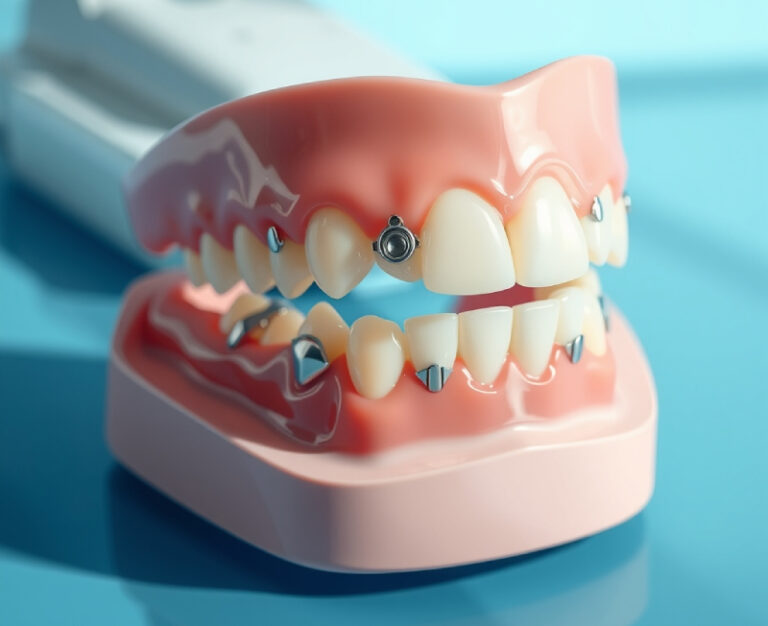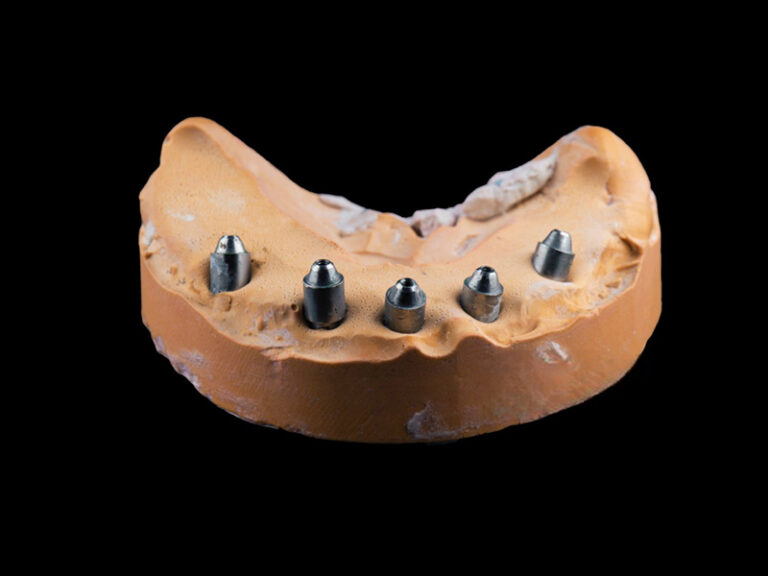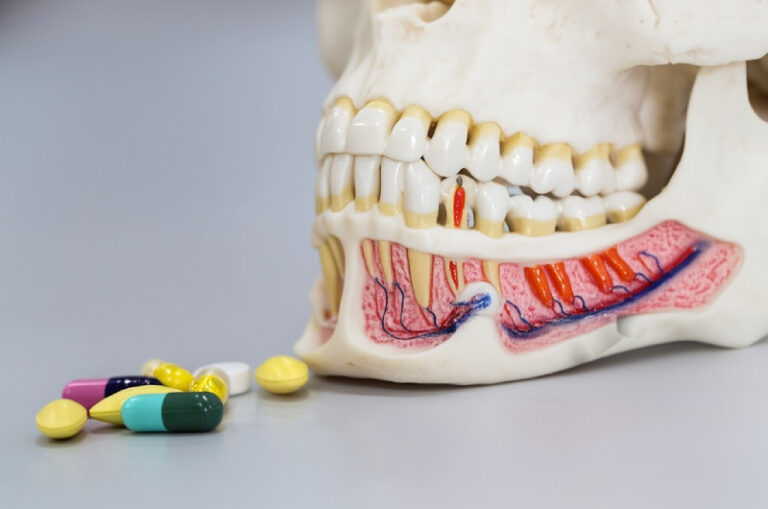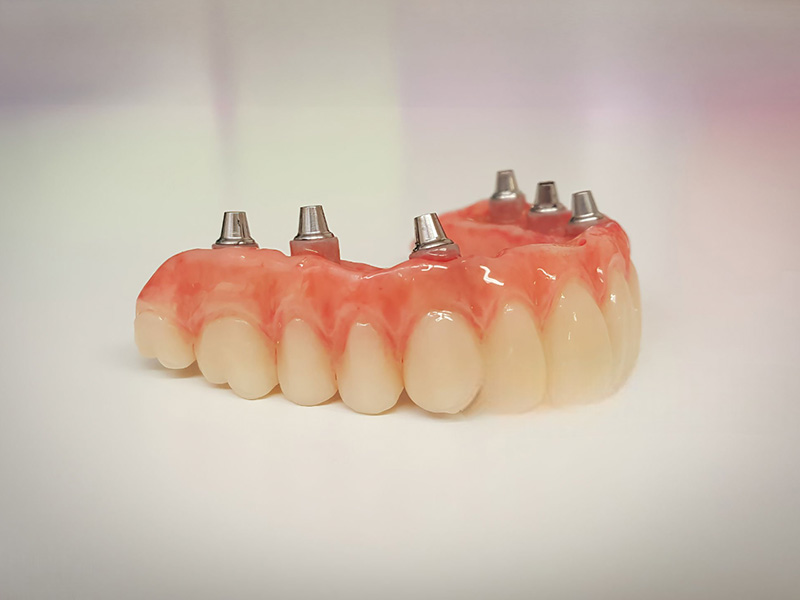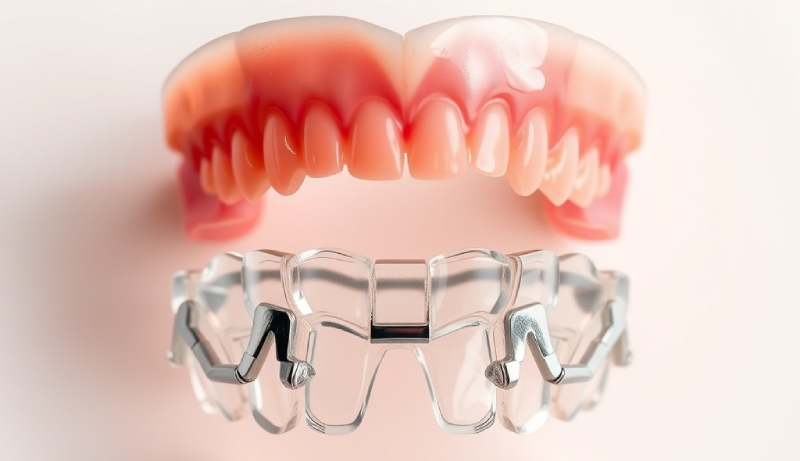
Valplast Partial Dentures: When Are They the Right Choice Over Acrylic or Metal?
Table of Contents
Introduction: My Journey With Partial Denture Choices
When I first walked into a dentist’s office years ago, missing a couple of teeth and not sure what to do, nobody gave me a simple answer. I wish someone had explained the basics about removable partial dentures in plain English—so let me try to be that person for you now. If you’re asking whether Valplast is better than the usual acrylic or metal partials, you’re definitely not alone. I’ve been through it. I’ve done the homework, tested different kinds, talked to real experts, and listened to people who faced the same thing.
Today, I just want to keep it real, cut out the fancy words, and help you figure out what really works for your smile and your life. Let’s dive in.
What Are the Main Types of Removable Partial Dentures?
From what I’ve seen, “partial denture” can mean a few things and gets confusing fast. But honestly, it falls into three big groups:
- Valplast Flexible Partial Dentures:
These are newer and made from a sort of bendy nylon plastic. They’re known for being flexible, light, and having gum-colored clips—so, no shiny metal showing in your smile. - Traditional Acrylic Partial Dentures:
Some people call these “flippers.” They’re made from hard plastic, can feel a bit thick, and often have wire clips that you’ll notice when you talk or laugh. - Metal Framework (Cast Metal) Partial Dentures:
Picture a thin, tough metal base—usually cobalt-chrome—covered with pink plastic and teeth. These don’t bend, last a long time, and are steady, but those metal parts are tough to hide.
The choices were dizzying at first. My dentist helped sort it out for me in plain terms, so let’s do the same here.
Valplast vs. Acrylic vs. Metal: Understanding the Differences
Don’t worry—I’m not going to use dental textbook jargon. Here’s how I tell friends and family about the big three options:
Valplast Flexible Partials
- What It’s Made Of: Flexible nylon plastic
- What’s Good About It:
- Bends a bit
- Blends in with your gums
- No metal showing (great looks)
- Built-in clips
- Light in your mouth
- Best For: People who want things to look as real as possible, have healthy gums, and want no metal.
Acrylic Partial Dentures
- What It’s Made Of: Hard plastic
- What’s Good About It:
- Doesn’t bend, can feel bulky
- Good for short-term or quick fixes
- Easy to fix up
- Metal wires are visible sometimes
- Best For: People who need something cheap, short-term, or easy to adjust.
Metal Framework Partial Dentures
- What It’s Made Of: Strong metal plus plastic and fake teeth
- What’s Good About It:
- Thin but super strong
- Fits well and doesn’t bounce around
- Metal parts show in your smile
- Lasts the longest
- Best For: People with lots of missing teeth, people who need to chew well, or want a long-term fix.
Think of it like this: Valplast is your comfy sneakers, acrylic is your flip-flops, and metal framework is your hiking boots. Each one has a time and place. The key is knowing when each is best.
Key Factors That Shaped My Decision
Everyone’s got a different mouth, but here are the things that mattered most to me—and probably to you too. Let’s go through them, using real-life examples.
Looks: How Natural Does It Look?
Let’s be real: If you don’t want people noticing metal in your smile, this is huge. Maybe you work with people, speak up in meetings, or just like to have a big laugh with friends. Not everyone wants a flash of metal shining up front.
Valplast really takes the cake. The base is clear enough to blend into your gums and the clips don’t stand out. I tried acrylic at first, but the metal wires bugged me. Once I tried Valplast, I didn’t have to think about people seeing my “denture stuff” at all.
Comfort and Fit: Is It Comfortable All Day?
I figured this out fast: comfort is a must. The stiff acrylic one left me with sore spots and made eating kind of a pain. The metal one took time to get used to—you feel it, and it never “gives” if your mouth changes.
Valplast? It bends with you. I have friends who forget they’re even wearing theirs. If your gums are soft, your mouth is an odd shape, or you have bumpy spots, Valplast shapes itself to you more than the others.
Durability and How Long It Lasts
This one threw me: drop a Valplast and it bounces, but drop an acrylic and it might break. Still, metal ones beat them all for long-term use. They handle years of biting, brushing, and cleaning without giving up.
I wore my Valplast every day for a few years and never had a problem. My neighbor, who bites down hard and eats a lot of nuts, found his metal one way tougher over time.
Cost and What You Pay
Money matters. When I checked, acrylics were the cheapest and were sometimes only meant to be used for a little bit. Valplast and metal ones both cost more. Sometimes Valplast is in the middle, sometimes it’s the same as metal.
But remember, what you save with a cheap acrylic you might spend later fixing or replacing it. Valplast and metal ones cost more at first, but you usually don’t replace them as often.
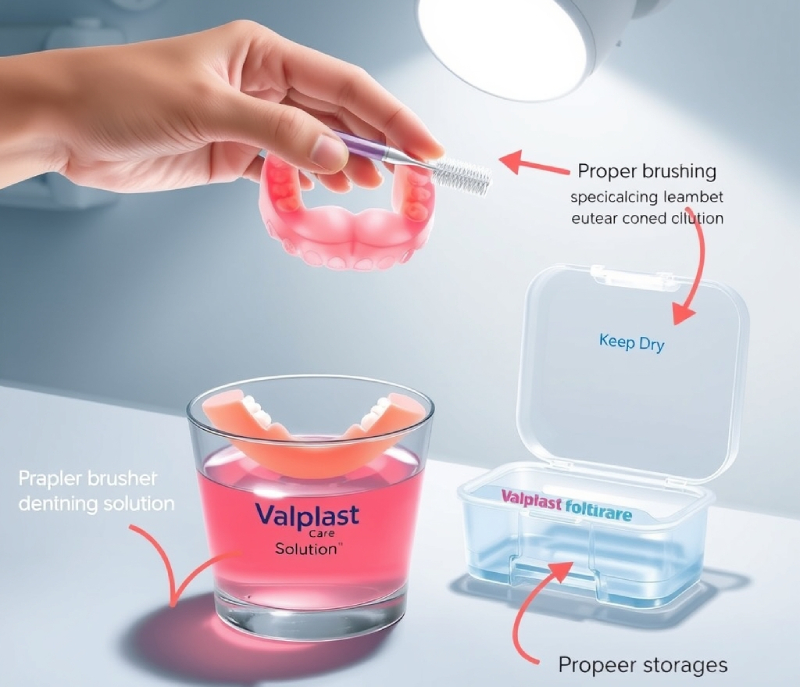
Oral Health Stuff: What About My Teeth and Gums?
Got sensitive gums? Metal allergies? Not many teeth left? It matters a lot here. I had healthy gums and just a couple of missing teeth, so Valplast fit me fine. But for folks missing most of their teeth, a metal one gives better support.
- Sensitive Gums: Valplast is gentle and good for sore gum spots.
- Allergies: No metal at all in Valplast. No weird chemicals either, if you sometimes react to plastics.
- Few Teeth: If most of your back teeth are gone, Valplast might not hold steady. Metal is better then.
Chewing and Talking: Can I Eat and Speak Like Before?
Acrylic partials made eating hard for me—food gets stuck or the thing moves a bit in your mouth. Valplast, being light and bendy, made eating most food easier. Still, metal frameworks are the best for strong chewing, almost like regular teeth.
Talking was actually easier for me with Valplast than acrylic—maybe because it wasn’t as thick and fit my mouth better. But everybody’s mouth is different—you might have your own experience.
If You Can Change or Fix It Later
One downside with Valplast: it’s tough to fix or change in a big way. If you lose another tooth or your gums change, it’s often cheaper just to get a whole new Valplast. Acrylics, however, are super easy to fix, reline, or add a tooth to. Metal is in the middle—you can fix it, but you’ll usually need a pro to do it.
When I Recommend Valplast (and When I Don’t)
So, when is Valplast a good idea? Here’s how I see it:
Best Times for Valplast
1. You Want a Metal-Free Smile
It feels so good to have a new tooth and nobody knowing it’s not real. If you’re missing front teeth or just don’t want metal in your mouth, Valplast is the way to go. I’ve seen people who stopped smiling start grinning again with it.
2. Sensitive Gums or Odd Mouths
Weird mouth shape? Sharp bony spots? Valplast is soft and bends where you need it. I remember a patient with bones sticking out—acrylic was painful, but Valplast didn’t bother her at all.
3. Metal Allergies or Sensitivity
Not a ton of people are allergic to metal, but if you are, Valplast is safe. No metal, no monomer, nothing weird in there.
4. Only A Few Missing Teeth (Especially in Front)
Gotta fill a small gap? Other teeth are healthy? Valplast hugs your teeth closely and hides well. Looks and feels natural.
5. Nice-Looking “Temporary” Fix (But Not Always)
Waiting on an implant or something else? Valplast can hold you over if you want to look good, as long as you don’t need lots of changes during that time.
6. You Hate Bulk
Some people, like me, can’t stand thick stuff in their mouth. Valplast is light and not bulky, so you barely notice it’s there.
Times When Valplast Isn’t the Answer
It’s not perfect. Sometimes another choice makes more sense:
1. You’re Missing Lots of Teeth or Chew Hard
Losing more than a few teeth, especially in back? Valplast isn’t steady enough—it’ll shift and move. Metal is the champ here for big chewers or lots of gaps.
2. You’ll Need Fixes or Extra Teeth Added
If there’s a good chance you’ll lose more teeth soon or need to get your denture adjusted, go with acrylic. It’s simple to patch up.
3. You Want Something That Lasts Forever
Metal frameworks might cost more and show a little, but they last many years. If you want one to last a long, long time, go metal.
4. You Need Something Cheap and Fast
If your wallet’s tight, acrylic partials—“flippers”—work short-term and cost the least. They’re not as pretty but will get you by.
Real-World Comparison: Table Breakdown
Sometimes a table just spells it out best:
| Feature | Valplast (Flexible Nylon) | Acrylic (Traditional) | Metal Framework (Cast) |
|---|---|---|---|
| Material | Flexible nylon plastic | Hard plastic | Strong metal |
| Looks | Best—blends in, no metal | Okay—bulky, wires show | Good—thin, but metal shows |
| Comfort | Great—bendy, light | Okay—can be thick | Good—steady, thin |
| Durability | Good—won’t break easy | Okay—can break | Best—very tough |
| Grip | Good—sticks to teeth/gums | Okay—sometimes wobbles | Best—grips teeth strong |
| Allergies | No metal, safe | Some problems possible | Metal allergy rare |
| Cost | $$-$$$ | $ (cheapest) | $$$-$$$$ (priciest) |
| Eating | Good—might bend a bit | Okay—can move eating | Best—stays put |
| Fixes/Changes | Not easy to change or fix | Easy to fix up | Fixable, but need a pro |
| Best For | Looks, comfort, suiting small gaps | Short-term, money issues | Strength, lasts long |
| Bad Sides | Can’t be updated much, not always steady | Bulky, can break | Metal shows, cost more |
There’s not just one “right answer.” It depends on you, your teeth, your life, and your bank account.
My Final Thoughts: Picking Your Best Smile Solution
If I had to pack everything I’ve learned into one line: There’s no perfect denture for everyone. What’s best depends on your mouth, your wants, and how you live. For me (and plenty of others), Valplast checked the most boxes—looks, feel, and easy to wear.
But I’ve met people who need the toughness of metal, and others who only need a cheap acrylic for a short time.
Here’s what to do:
- Be honest with your dentist; share your needs and worries
- Think about what matters most—looks, comfort, money, or how long it’ll last
- Ask to see or feel some samples or pictures
Your smile is one of a kind. Take your time, ask every question, and don’t settle. I hope my story helps you find your own best answer. If I can do it, you definitely can.

